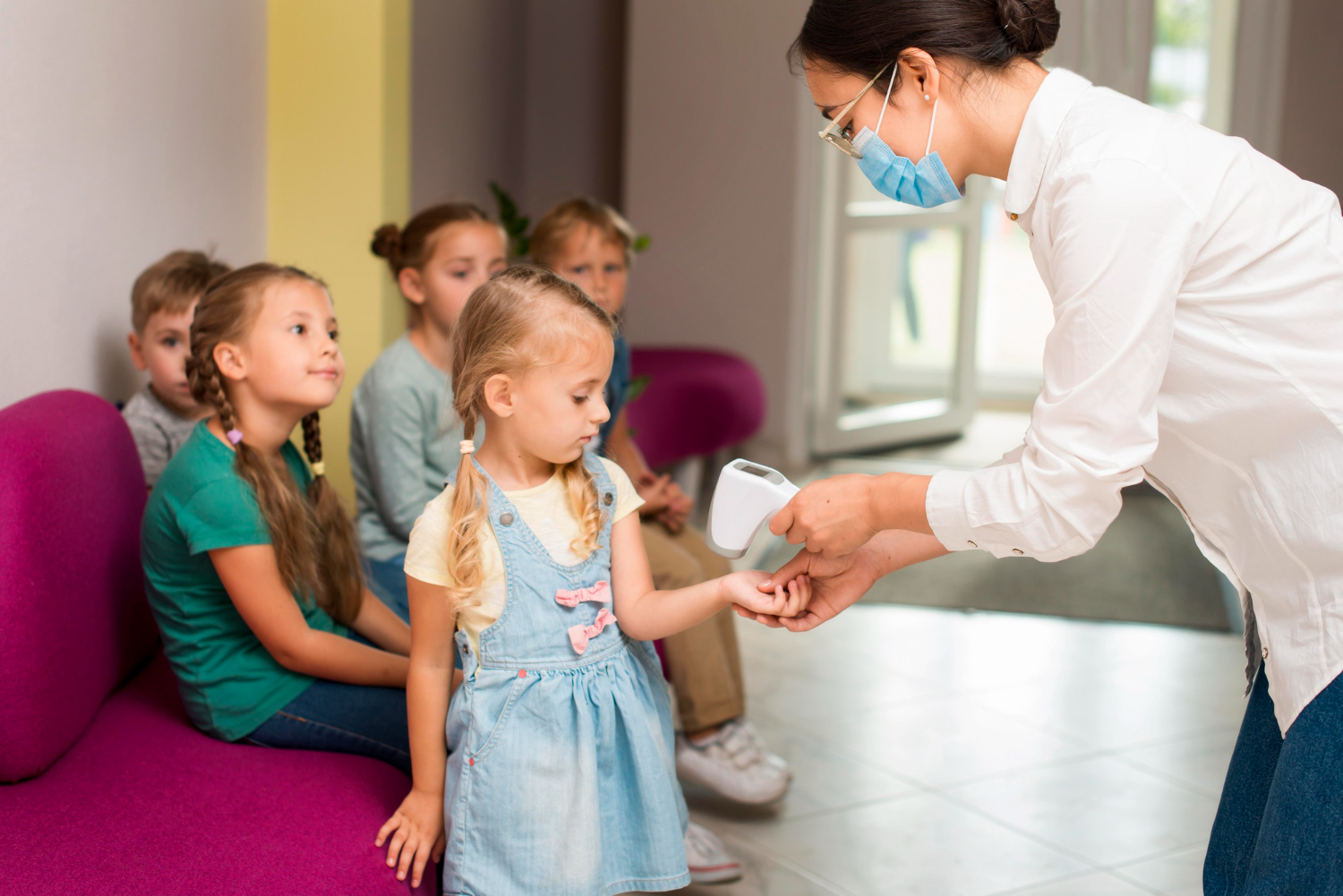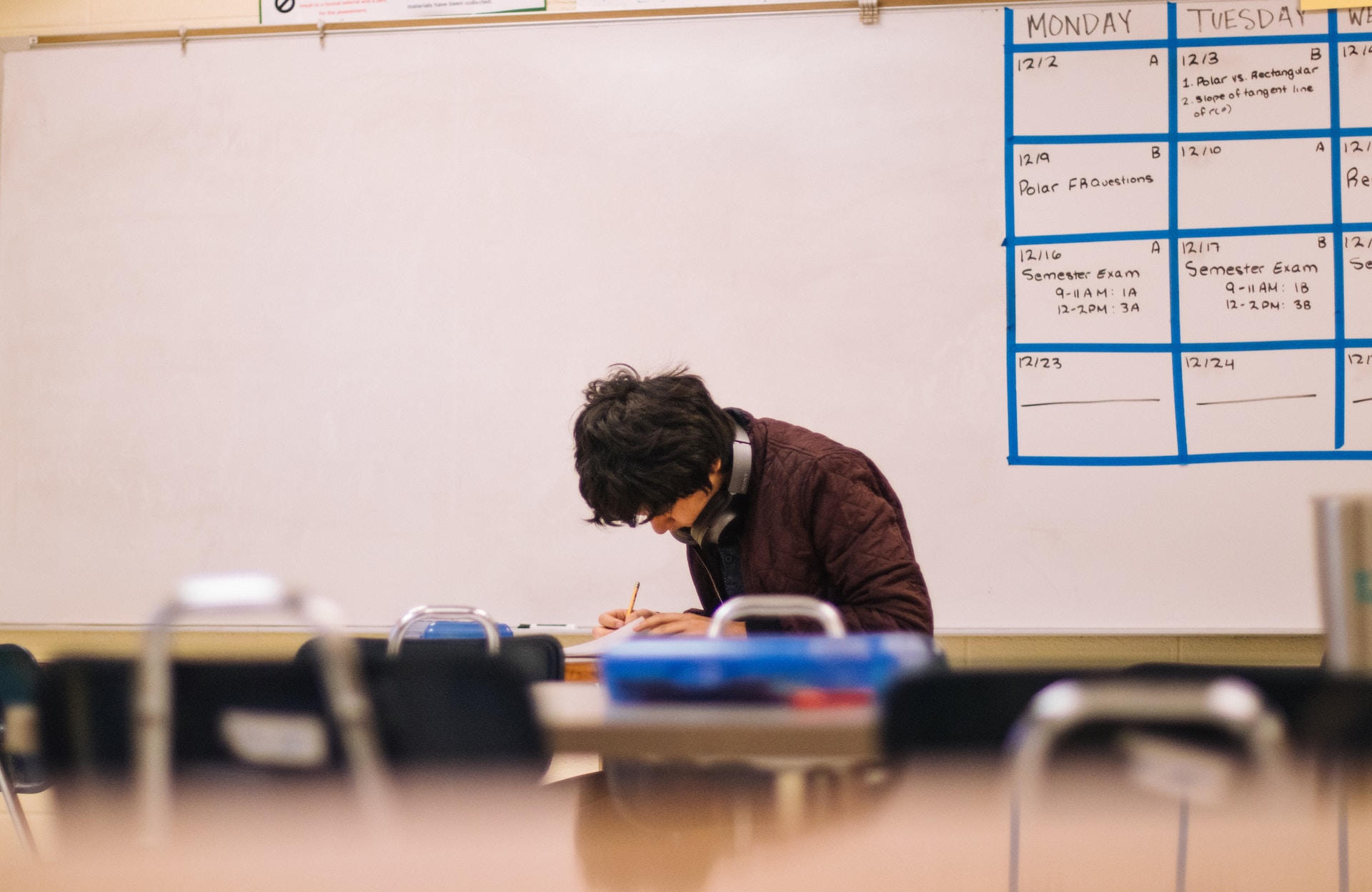Understanding the Importance of a Safeguarding Children Course
A Safeguarding Children Course is designed for individuals working with children, providing them with vital knowledge to ensure the safety and well-being of children. It equips participants with the skills to recognize and appropriately respond to concerns related to child protection, enabling them to create a secure and nurturing environment for children under their care.
Comprehensive Learning on Recognizing and Responding to Child Protection Concerns
The course curriculum starts by outlining the concept of safeguarding and its significance, before delving into various types of abuse and the indicators that signal a child might be in danger. Participants learn about their legal responsibilities and the best practices for reporting and protecting children from harm. The course also emphasizes effective communication techniques to ensure children feel safe and supported when facing challenging situations.
Applying Practical Knowledge and Collaborating for Child Safety
Furthermore, the course provides practical insights through real-life scenarios and case studies, enabling learners to apply their knowledge in different contexts. It offers guidance on working with authorities and other professionals to ensure that children receive the necessary support and protection. This comprehensive approach not only equips participants to handle critical situations but also emphasizes the proactive measures needed to prevent potential harm, emphasizing the crucial role each individual plays in safeguarding children.
Empowering Participants to Create a Secure and Nurturing Environment for Children
By the course's conclusion, participants gain a thorough understanding of the principles underlying the safety of children, recognizing the significance of their role in fostering a secure and nurturing environment. This knowledge is indispensable for anyone working closely with children, such as educators, caregivers, or individuals involved in child welfare, as it enables them to contribute significantly to the well-being and protection of children in their care.





No Comments